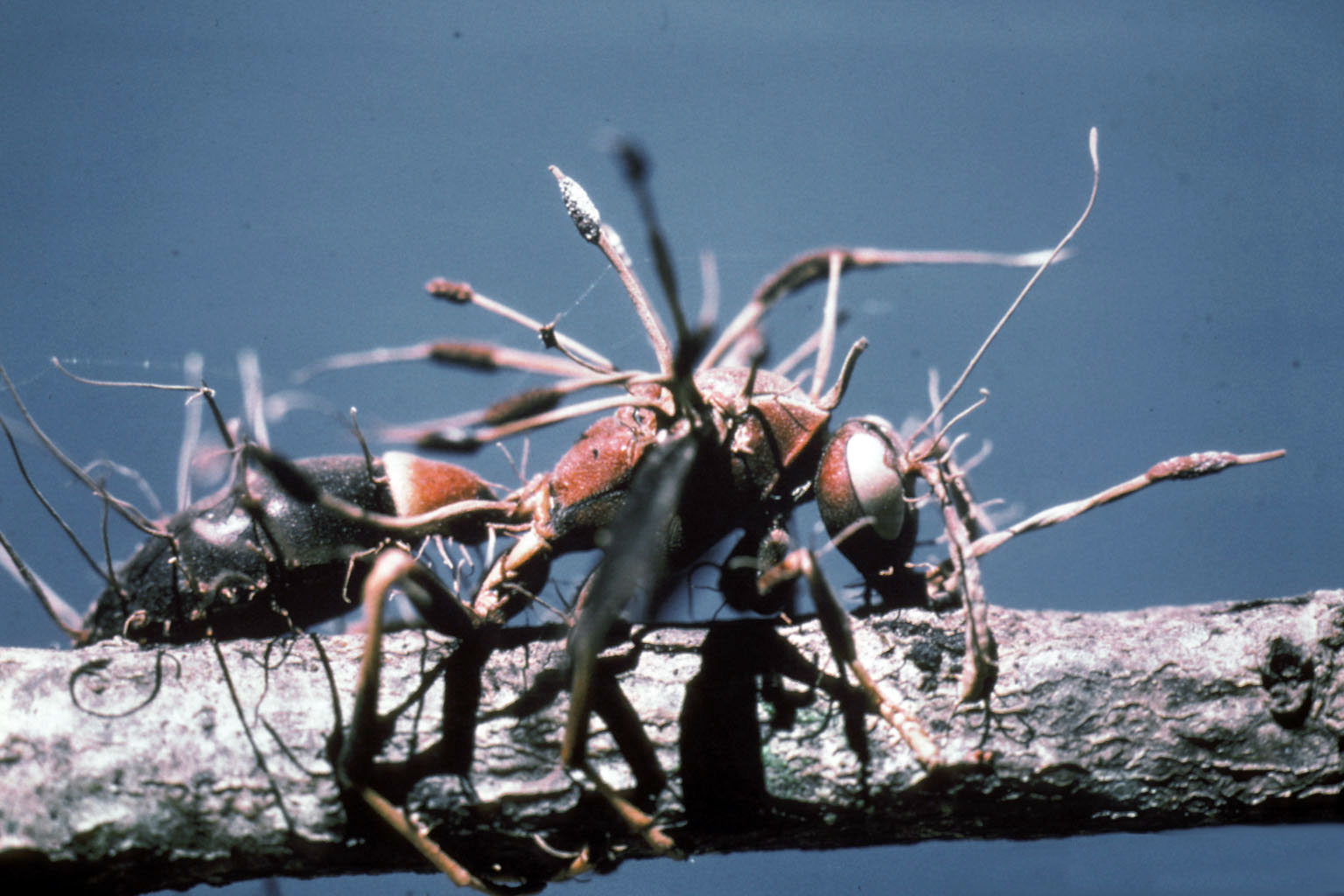|
Maleimides
Maleimide is a chemical compound with the formula H2C2(CO)2NH (see diagram). This unsaturated imide is an important building block in organic synthesis. The name is a contraction of maleic acid and imide, the -C(O)NHC(O)- functional group. Maleimides also describes a ''class'' of derivatives of the parent maleimide where the N''H'' group is replaced with alkyl or aryl groups such as a methyl or phenyl, respectively. The substituent can also be a small molecule (such as biotin, a fluorescent dye, an oligosaccharide, or a nucleic acid), a reactive group, or a synthetic polymer such as polyethylene glycol. Human hemoglobin chemically modified with maleimide-polyethylene glycol is a blood substitute called MP4. Organic chemistry Maleimide and its derivatives are prepared from maleic anhydride by treatment with amines followed by dehydration. A special feature of the reactivity of maleimides is their susceptibility to additions across the double bond either by Michael additions or ... [...More Info...] [...Related Items...] OR: [Wikipedia] [Google] [Baidu] |
Maleic Anhydride
Maleic anhydride is an organic compound with the formula C2H2(CO)2O. It is the acid anhydride of maleic acid. It is a colorless or white solid with an acrid odor. It is produced industrially on a large scale for applications in coatings and polymers. Production Maleic anhydride is produced by vapor-phase oxidation of ''n''-butane. The overall process converts the methyl groups to carboxylate and dehydrogenates the backbone. The selectivity of the process reflects the robustness of maleic anhydride, with its conjugated double-bond system. Traditionally maleic anhydride was produced by the oxidation of benzene or other aromatic compounds. As of 2006, only a few smaller plants continue to use benzene. In both cases, benzene and butane are fed into a stream of hot air, and the mixture is passed through a catalyst bed at high temperature. The ratio of air to hydrocarbon is controlled to prevent the mixture from igniting. Vanadium pentoxide and molybdenum trioxide are the catal ... [...More Info...] [...Related Items...] OR: [Wikipedia] [Google] [Baidu] |
Farinomalein
Farinomalein is a natural maleimide with formula C10H13NO4 - was first isolated from the entomopathogenic fungus '' Isaria farinosa'' (''Paecilomyces farinosus'') - source H599 (Japan). Farinomalein has shown potent and selective inhibition (0.15-5 μg/disk) against eight isolates of plant pathogenic ''Phytophthora sojae''.Sastia Prama Putri, Hiroshi Kinoshita, Masayasu Kato and Takuya Nihira. ''Antimicrobial and antioomycete activities of the novel antibiotic farinomalein''. Poster Presentation 2P-2124, Annual Conference, The Society for Bioscience and Bioengineering, Japan, 28 October 2010. These results suggest that farinomalein might be useful as a candidate pesticide for the treatment of Phytophthora ''Phytophthora'' (from Greek (''phytón''), "plant" and (), "destruction"; "the plant-destroyer") is a genus of plant-damaging oomycetes (water molds), whose member species are capable of causing enormous economic losses on crops worldwide, a ... stem rot in soybean. Synt ... [...More Info...] [...Related Items...] OR: [Wikipedia] [Google] [Baidu] |
Pencolide
Pencolide is a maleimide isolate of ''Penicillium ''Penicillium'' () is a genus of ascomycetous fungi that is part of the mycobiome of many species and is of major importance in the natural environment, in food spoilage, and in food and drug production. Some members of the genus produce ...'' and seaweed endophytic fungi. References Maleimides Carboxylic acids {{organic-compound-stub ... [...More Info...] [...Related Items...] OR: [Wikipedia] [Google] [Baidu] |
Succinimidyl 4-(N-maleimidomethyl)cyclohexane-1-carboxylate
Succinimidyl 4-(''N''-maleimidomethyl)cyclohexane-1-carboxylate (SMCC) is a heterobifunctional amine-to-sulfhydryl crosslinker, which contains two reactive groups at opposite ends: N-hydroxysuccinimide-ester and maleimide, reactive with amines and thiols respectively. SMCC is often used in bioconjugation to link proteins with other functional entities (fluorescent dyes, tracers, nanoparticles, cytotoxic agents). For example, a targeted anticancer agent – trastuzumab emtansine (antibody-drug conjugate containing an antibody trastuzumab Trastuzumab, sold under the brand name Herceptin among others, is a monoclonal antibody used to treat breast cancer and stomach cancer. It is specifically used for cancer that is HER2 receptor positive. It may be used by itself or together wi ... chemically linked to a highly potent drug DM-1) – is prepared using SMCC reagent. References {{Reflist Reagents for biochemistry Maleimides Succinimides ... [...More Info...] [...Related Items...] OR: [Wikipedia] [Google] [Baidu] |
Chemical Compound
A chemical compound is a chemical substance composed of many identical molecules (or molecular entities) containing atoms from more than one chemical element held together by chemical bonds. A molecule consisting of atoms of only one element is therefore not a compound. A compound can be transformed into a different substance by a chemical reaction, which may involve interactions with other substances. In this process, bonds between atoms may be broken and/or new bonds formed. There are four major types of compounds, distinguished by how the constituent atoms are bonded together. Molecular compounds are held together by covalent bonds; ionic compounds are held together by ionic bonds; intermetallic compounds are held together by metallic bonds; coordination complexes are held together by coordinate covalent bonds. Non-stoichiometric compounds form a disputed marginal case. A chemical formula specifies the number of atoms of each element in a compound molecule, usi ... [...More Info...] [...Related Items...] OR: [Wikipedia] [Google] [Baidu] |
Entomopathogenic Fungus An entomopathogenic fungus is a fungus that can kill or seriously disable insects. Typical life cycle These fungi usually attach to the external body surface of insects in the form of microscopic spores (usually asexual, mitosporic spores also called conidia). Under the right conditions of temperature and (usually high) humidity, these spores germinate, grow as hyphae and colonize the insect's cuticle; which they bore through by way of enzymatic hydrolysis, reaching the insects' body cavity ( hemocoel). Then, the fungal cells proliferate in the host body cavity, usually as walled hyphae or in the form of wall-less protoplasts (depending on the fungus involved). After some time the insect is usually killed (sometimes by fungal toxins), and new propagules (spores) are formed in or on the insect if environmental conditions are again right. High humidity is usually required for sporulation. Groups The entomopathogenic fungi include taxa from several of the main fungal groups and ... [...More Info...] |
